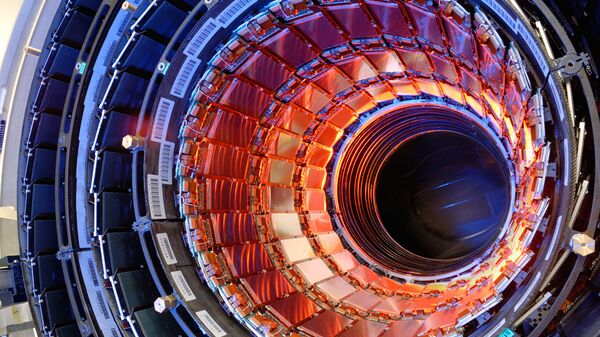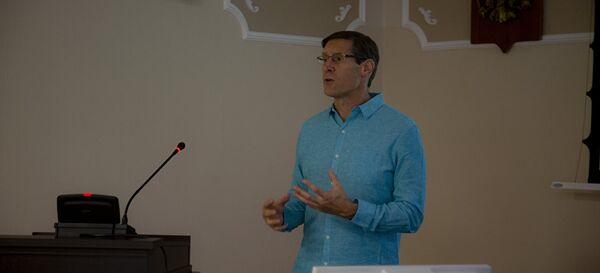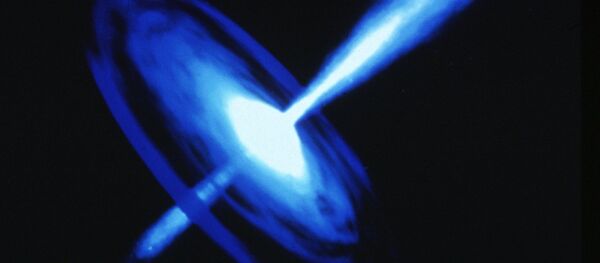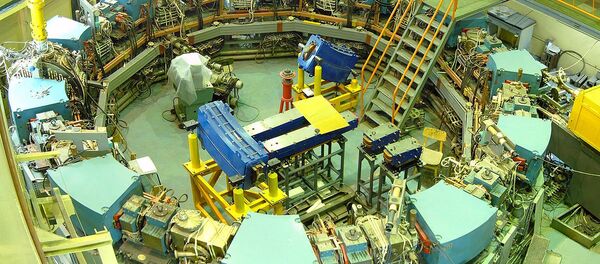Sputnik has discussed the issue with Brian Foster, Professor of Experimental Physics at the University of Oxford.
Sputnik: What is an accelerator, this Future Circular Collider?
Brian Foster: An accelerator is a large object usually, which consists of sets of magnets and usually cavities of some description to accelerate particles.
Sputnik: Why does the CERN need a second accelerator?
Brian Foster: The reason why one would like to build a new collider is twofold. Firstly, the discovery of the Higgs boson particle, which gives mass to all of the other particles in the universe, was a landmark discovery of the LHC [Large Hadron Collider] a few years ago.
We need to study the Higgs boson in much more detail than we can at the LHC, and to do that we need to collide much simpler particles than the protons which are currently in the LHC.
This is called an electron positron collider, and the first step of the new server machine would quite likely be a machine which would collide electrons and positrons, and study the Higgs particle in great detail.
Sputnik: The Future Circular Collider will lie underneath inhabited areas, including the city of Geneva. Are there any risks concerning the safety of people living in the surroundings of the accelerator?
Brian Foster: There are essentially no risks. It wouldn't be allowed to be built, if there were any risks. The Swiss are notorious for their very stringent requirements for public safety, so you can be rest assured that were there the slightest risk to humans, then the project would have never been approved.
It's very deep underground, so although it produces quite substantial amounts of radiation, they're all absorbed in the rock well, well, well below the inhabited areas. Very careful studies will be made of the environmental interaction: it's possible that you could irradiate some of the groundwater, but that will be studied very carefully before any go ahead is given. So that can be discounted.
So it's not the collisions that can possibly give rise to any danger, it's simply the circulation of very large currents of protons, which eventually can give rise to radiation in the ring; but that will be shielded very substantially inside the tunnel in which the machine is, so that the amount of radiation leaving the actual machine itself will be so tiny it is to be at the level of the background radiation that you get anyway from rocks in that region.
So there is absolutely no danger, because, if there were the slightest danger, it would not be approved.
Views and opinions expressed in this article are those of Brian Foster and do not necessarily reflect those of Sputnik.




